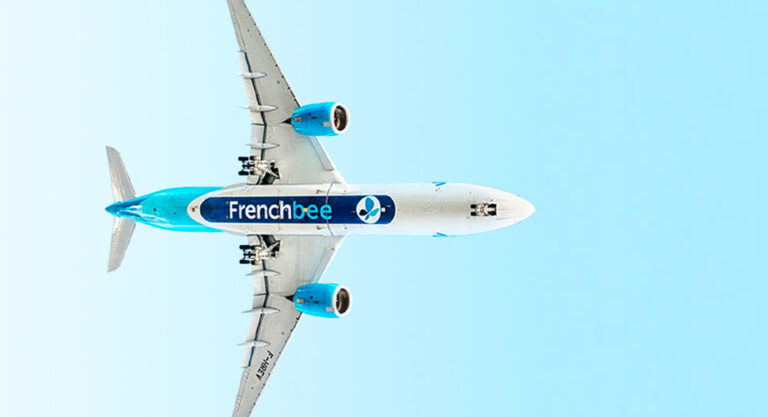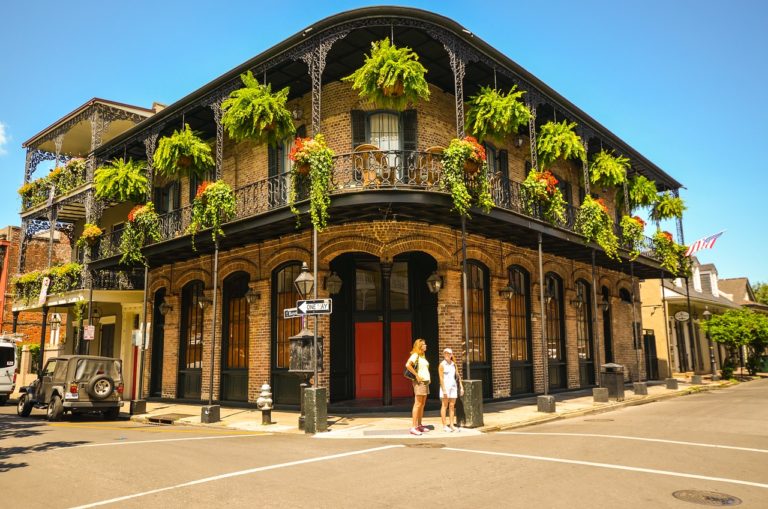A new cargo train service linking the Far East with France has reignited the romantic notion of the ancient Silk Road. This time around it is a very contemporary international trade enterprise.
On April 21, a freight train from Wuhan in China, rolled into Lyon after clocking 11,300 km of tracks across six countries. The trip took 15 days, and the first convoy carried 41 containers, marking the start of regular route service between China and Europe set to strengthen economic ties, trade and cultural exchange.
The Silk Road is the world’s oldest and most significant of all overland trade routes. The name brings up images of caravans through the desert, merchants driving their bargains in bustling markets, loading their cargo of exotic spices, luxurious textiles, and precious artifacts. The trade routes were not only commercially important, they were cultural cross-pollinators. Silk, the most luxurious fabric of all, was originally only available in China so merchants who made the epic journey to procure it would bring with them items that were highly desirable for Chinese buyers, typically cattle, furs, and luxury items like ivory or jade, as well as food items that were not locally available, plus skills and know how. As overland trade became increasingly dangerous, and travel by sea became more popular, trade along the Silk Road gradually declined.
Back to the future
The new freight train service carrying mechanical, electronics and clothing went through Kazakhstan, Russia, Belarus, Poland and Germany to finish its journey in France. In the past years the French national railway company SNCF has extended its operations well beyond its borders – and not limited to rail transport. International contracts are currently around 25% of the overall turnover of the SNCF group.
“The sea is cheaper, but the train is an intermediary between the ship and the aircraft,” says Philippe Moritz, head of SNCF communication.
The Basics
French Morning talked to American reporter Wade Shepard who is traveling the various land and sea routes of China’s “One Belt, One Road” initiative, more romantically known as the New Silk Road, reporting and collecting information for a book on the topic. Shepard says that a potential misconception about these trans-continental trains is that they travel across continents – only the containers do. Trains originating in China go to the border of Russia, Mongolia, or Kazakhstan where they pass off their cargo to awaiting trains which will take them to Europe, where they will again be relayed on to European trains. These transfers are not just for logistical reasons but are absolutely necessary: the track gauges of former Soviet countries are different from those in China and Western Europe, so one train physically cannot travel the entire route.
Shepard explains that these cargo relays are generally very simple procedures: the incoming train and the outgoing train are lined up side by side and a crane moves the containers from one to the other. At the border of Kazakhstan and China, for example, this transfer can be done in just 47 minutes.
Wuhan is at the crossroads of China, a major manufacturing and logistics hub, including many French companies. In order to ship to Europe, goods have to geographically backtrack to reach the coast before being loaded onto container vessels going west, so it makes sense to ship on these overland railroads. A common concern is security, but things have changed since the early days of the Silk Road. The cargo leaves mostly from bonded zones, meaning that containers are sealed and never opened again until they reach their destination. Each container is powered for climate control and has GPS tracking which can be monitored in real time by the shipper at every step of the journey.
The future
Traditionally we think of the Silk Road as ‘feeding’ goods into Europe, but today it may very well be the reverse. The train is carrying products that Chinese consumers want to buy, particularly luxury goods, food and wine, some of the main French exports. This first train will return to China loaded with vehicles, wine and agricultural products from France. As plans for the service unfolds, trains are expected to link China and Europe several times a week. The commercial viability of the operation will hinge on frequency and pricing.
“People want to know how long is it going to take and how much it is going to cost,” says Shepard, “shipping by sea is almost free now, but the quality of service has decreased meaning that is taking longer. Rail transport is attractive because it takes two weeks, and the cost is not really that expensive. It is about 80% less than air freight. The service is in the new stages, but the momentum is really picking up and if the trains get to run often, that would really become a serious contender with a real 16-day door-to-door service.”
Set for growth
The new train service is coordinated by Wuhan Asia Logistics Europe and Trans-Eurasia Logistics, Le Progres reports. Ms. Wang Ju, Chinese general consul in Lyon, and Alain Galliano, vice president of Lyon Métropole, both emphasized their interest to increase trade between the two cities and through them between the two countries.
Taken altogether, the freight volume that China-Europe rail will eventually command will be significant. This is not merely affecting China and Europe, but also all Central Asian countries involved in between, all eager to get a share of the action. Khorgos Gateway, working in Kazakhstan’s premier inland dry port and Central Asia’s largest logistics park, said to Shepard that they predict that within five years they will be processing a million TEU [a unit of measure based on a 20-foot container] worth of cargo per year — enough to rank them on a par with the big seaports in the world, heralding the serious return of trans-continental rail transport.






